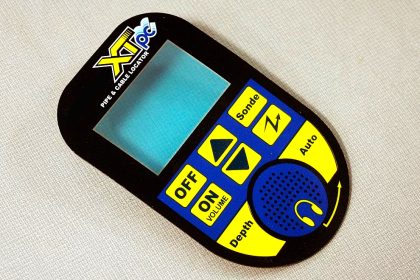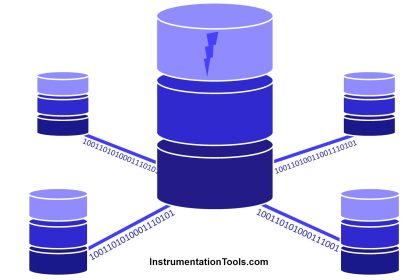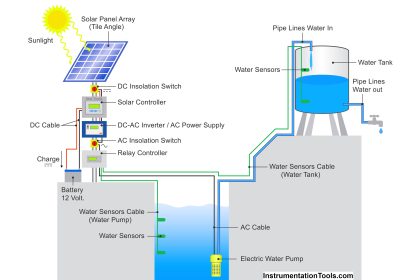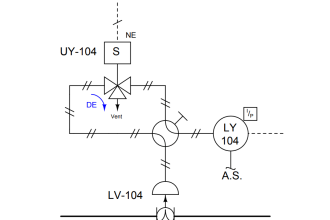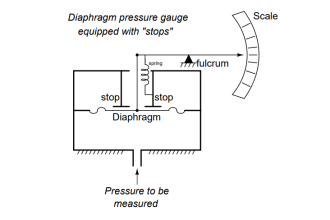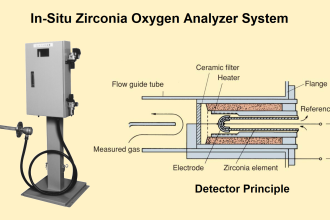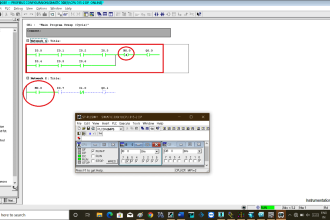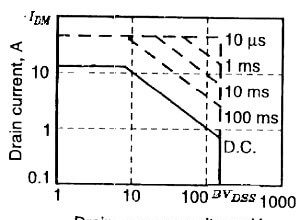Today in this article, we will learn about Eddy Current Loss which is widely used by Electrical as well as Instrumentation Engineers. Eddy Current Loss is one of the most important and interesting concepts.
What is Eddy Current?
When any magnetic material comes under the magnetic field generated by an alternating current, an emf is induced in the core material. The law which supports this statement is Faraday’s Law of Electromagnetic Induction.
All magnetic materials have electrical conducting properties and the induced emf in the magnetic material causes the current to flow in the magnetic material in a specific direction.
This current circulates within the magnetic material. The circulating current caused by Induced EMF is termed as Eddy Current.
What is Eddy Current Loss?
As Eddy current exists, heat loss will also definitely occur. The heat loss which is caused by the eddy currents in the magnetic material is termed as eddy current loss.
Lenz’s law describes about the eddy current which creates the magnetic field which opposes the change in the magnetic field that has created it, and thus the eddy currents react back on the source of the magnetic field.
This eddy current which is generated by the magnetic field, creates its own magnetic field and generates some induced voltage back into the source. This generated induced voltage will ultimately drop the voltage of the source.
Application of the Eddy Current
The phenomenon of eddy current loss is widely used in Inductive type Proximity Sensors.
The inductive Proximity Sensor detects the magnetic loss occurring due to eddy currents that are generated by an external magnetic field on magnetic material. An AC magnetic field is generated on the source, and changes in the impedance due to eddy currents generated on the metallic object are detected.
The inductive proximity sensors are used in feedback assembly for sensing the valve’s feedback (on-off valve). That is why when no target is present or when the target is far away from the inductive type proximity sensor, the voltage’s magnitude is more.
When the target comes in the vicinity of the inductive type proximity sensor, the voltage drops significantly in the case of the inductive type proximity sensor used for detecting the feedback of the valves.
The reason behind the dropped voltage is the induced eddy current in the target generates an induced voltage back in the sensor which opposes the cause or the original voltage in the inductive type proximity sensor.
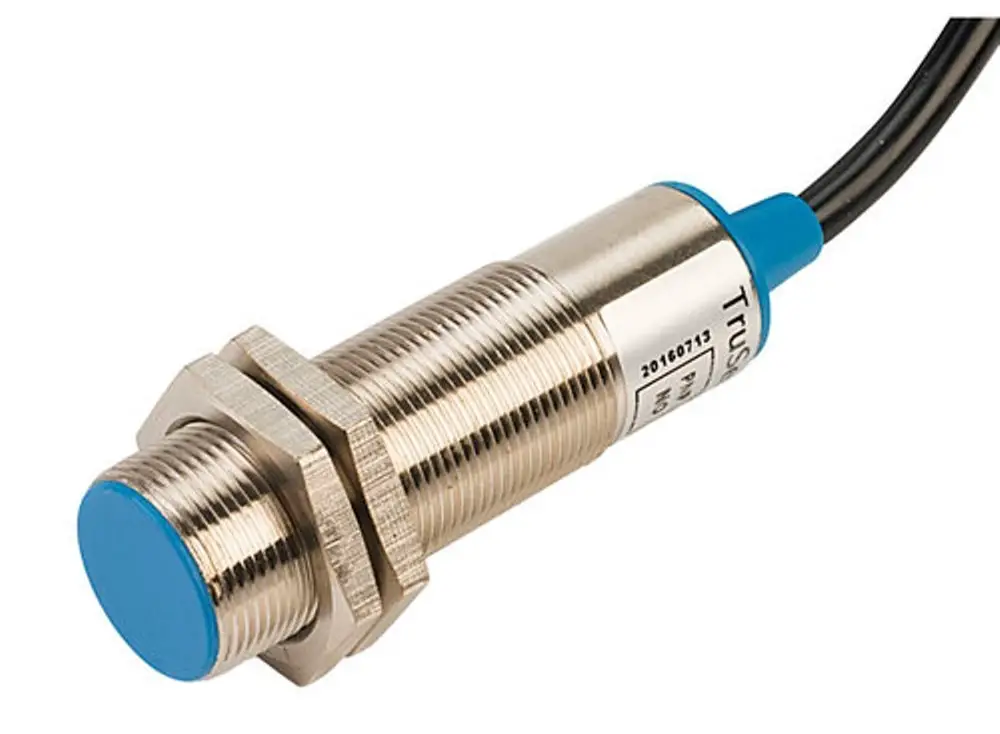
One other very important application of these inductive proximity sensors is in Bently Nevada Vibration Probes. The vibration probes detect the vibrations that the shaft or target is generating using the same eddy current principle.
The induced voltage generated by the eddy currents will oppose the cause or the source voltage. This will drop the source voltage in proportion to the distance between the vibration probe and the target. Even some inductive type position sensors also use the same principle.
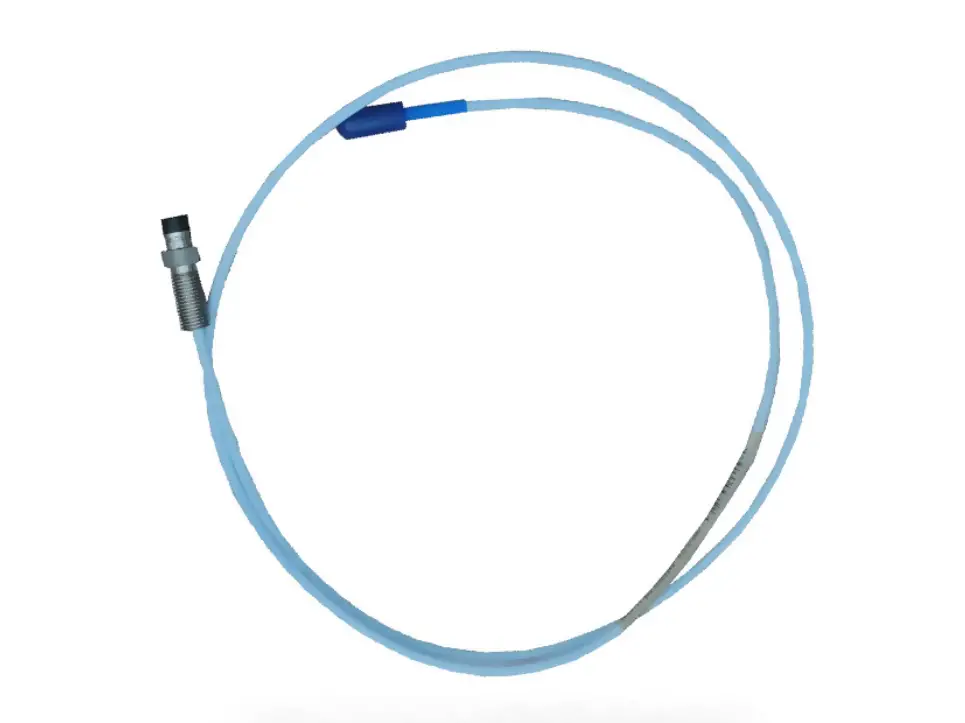
- The eddy currents produce a heating effect as discussed earlier. This process of heating is widely used in automobiles for surface hardening of shafts.
- The eddy current phenomenon is also used in electrical instruments like providing torque braking in induction-type energy meters.
- Eddy currents are used for providing damping torque in the permanent magnet moving coil instrument.
- Eddy current principle is used for detecting the cracks in metal parts.
- Eddy current is used in trains which are having eddy currents brakes.

